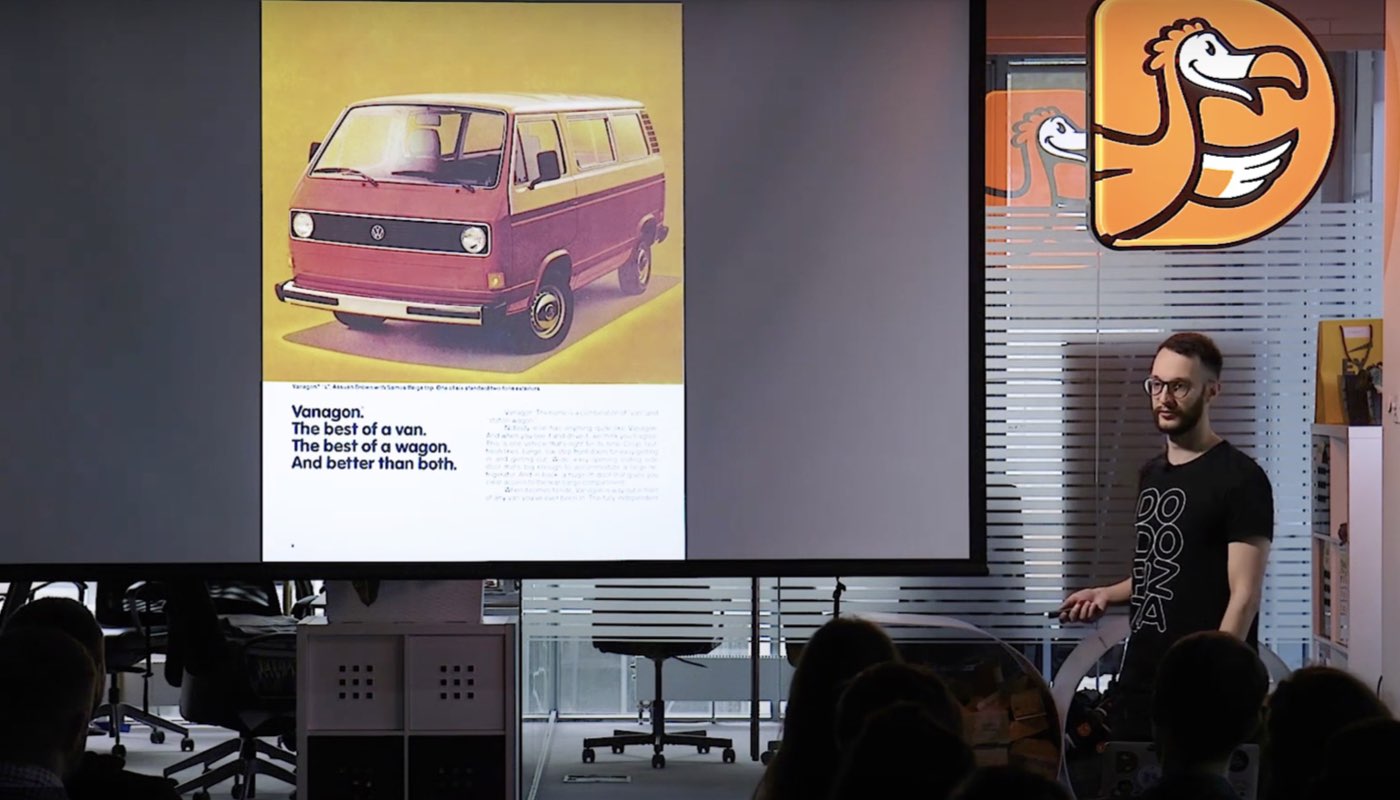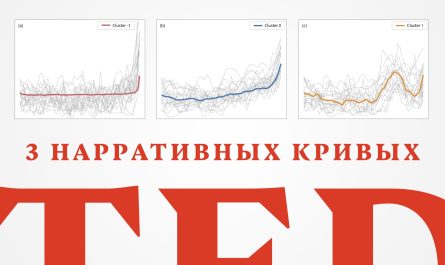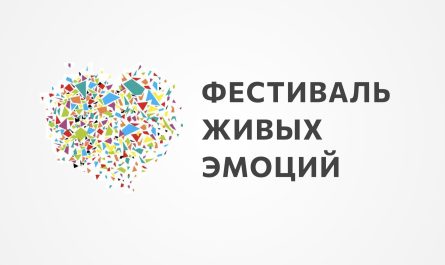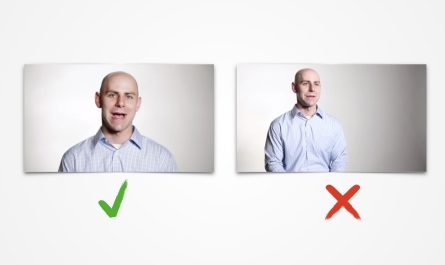Разбираю презентацию в формате 3 плюса, 3 минуса.
Три плюса
1) Коротко и отрепетированно — ну либо это очень хороший монтаж. Если смотреть на скорости, то даже прямо бойко.
2) Структура мотивирующего жанра соблюдена — есть проблема, есть решение, есть призыв к действию. Нет ненужного сторителлинга. Ну и в решении мне понравилось, как выстроили перепитии: про плюсы, которые поднимаются повыше, если рядом цифры; про цифры, которые одной ширины, чтобы этикетки не менять. Очень правильные акценты выбраны.
3) Факапы с не подключившимся шрифтом Ярослав отлично утилизировал. Вообще это выглядело как запланированная шутка. Не знаю, что это было на самом деле, но в обоих случаях — хорошо.
Три минуса
1) Нет ничего про деньги — шрифты, это в первую очередь про деньги. В среднем в год, нам шрифты обходятся в 50 тысяч долларов на лицензии. Разработка на заказ обойдется в 100 тысяч долларов, но это разовая сумма. Т.е. каждый следующий год нам не надо будет ни платить за лицензии, ни иметь проблем с тремя разными наборам шрифтов.
2) В начале проблематизации простые примеры с ауди и мерседе. Шрифты показывались с оригинальными текстами и версткой постеров.Слишком много вторичных подсказок. Так их отгадает большая часть автомобилистов. Т.е. если была попытка показать, что «вы все разбираетесь в шрифтах, даже если вы не дизайнер», то она больше походила на «вы все умеет отличать плакат аудит от плакат мерседес». Возможно примеры стоило усложнить — например, только надписи одной и той же фразы шрифтами разных брендов.


3) Не хватило метрик — как мерили, что шрифт работает лучше или как минимум не хуже. Типа A/B-тест одной и той же страницы с разными шрифтами. Вот Амазон при разработке нового шрифта для Kindle хотел, чтобы читаемость стала лучше. И они специально для этого проводили внутренние тесты: старый шрифт Caecilia против нового Bookerly — утомляемость меньше на 2%





